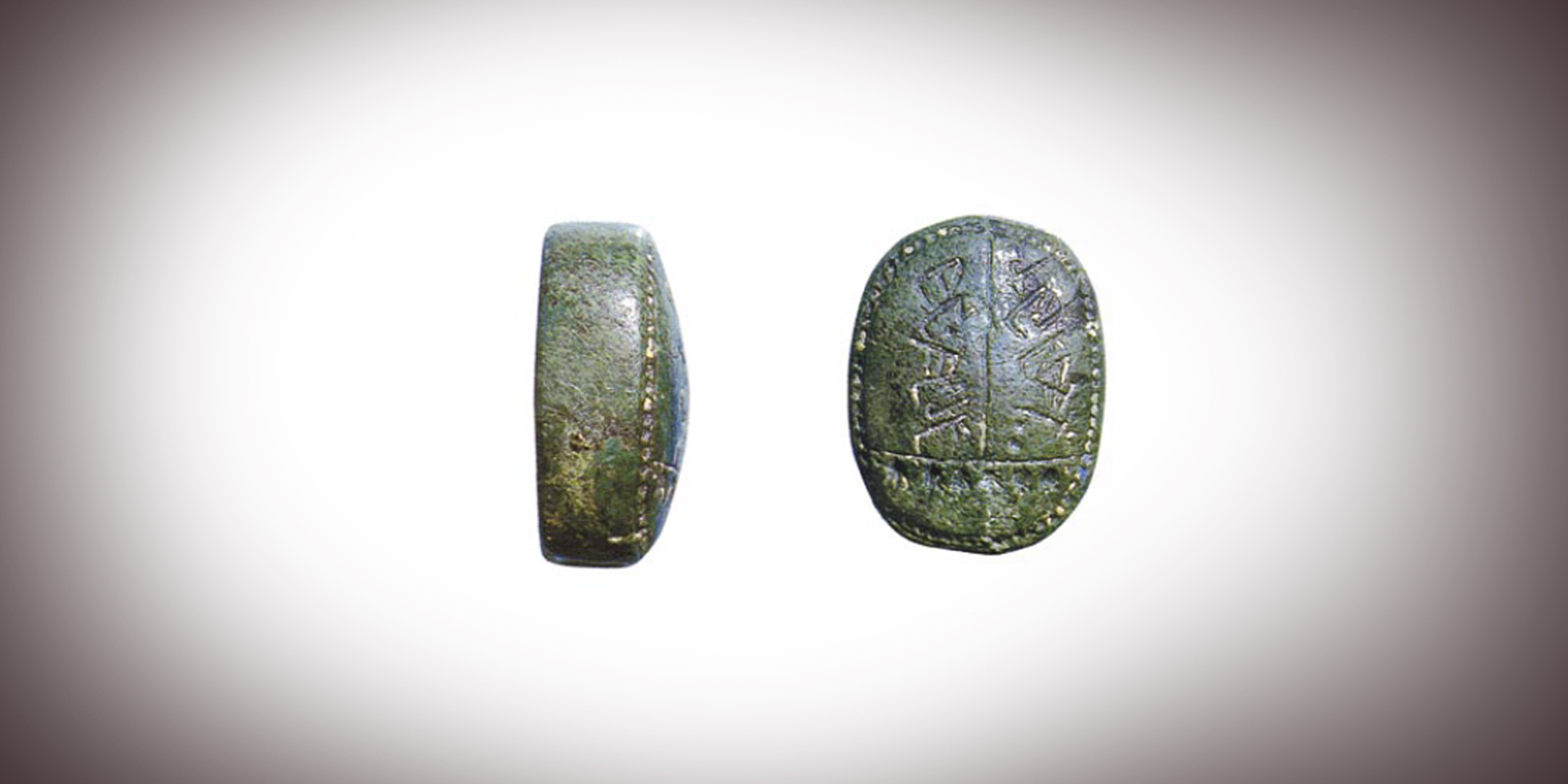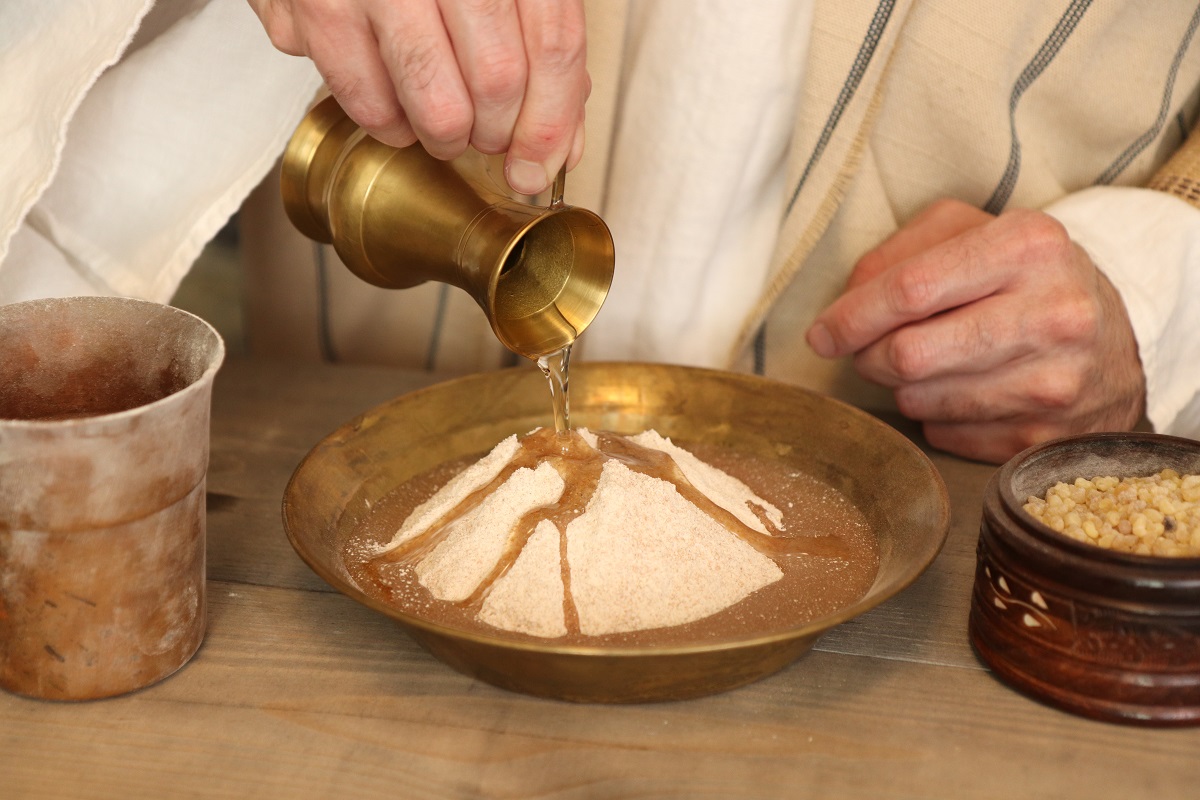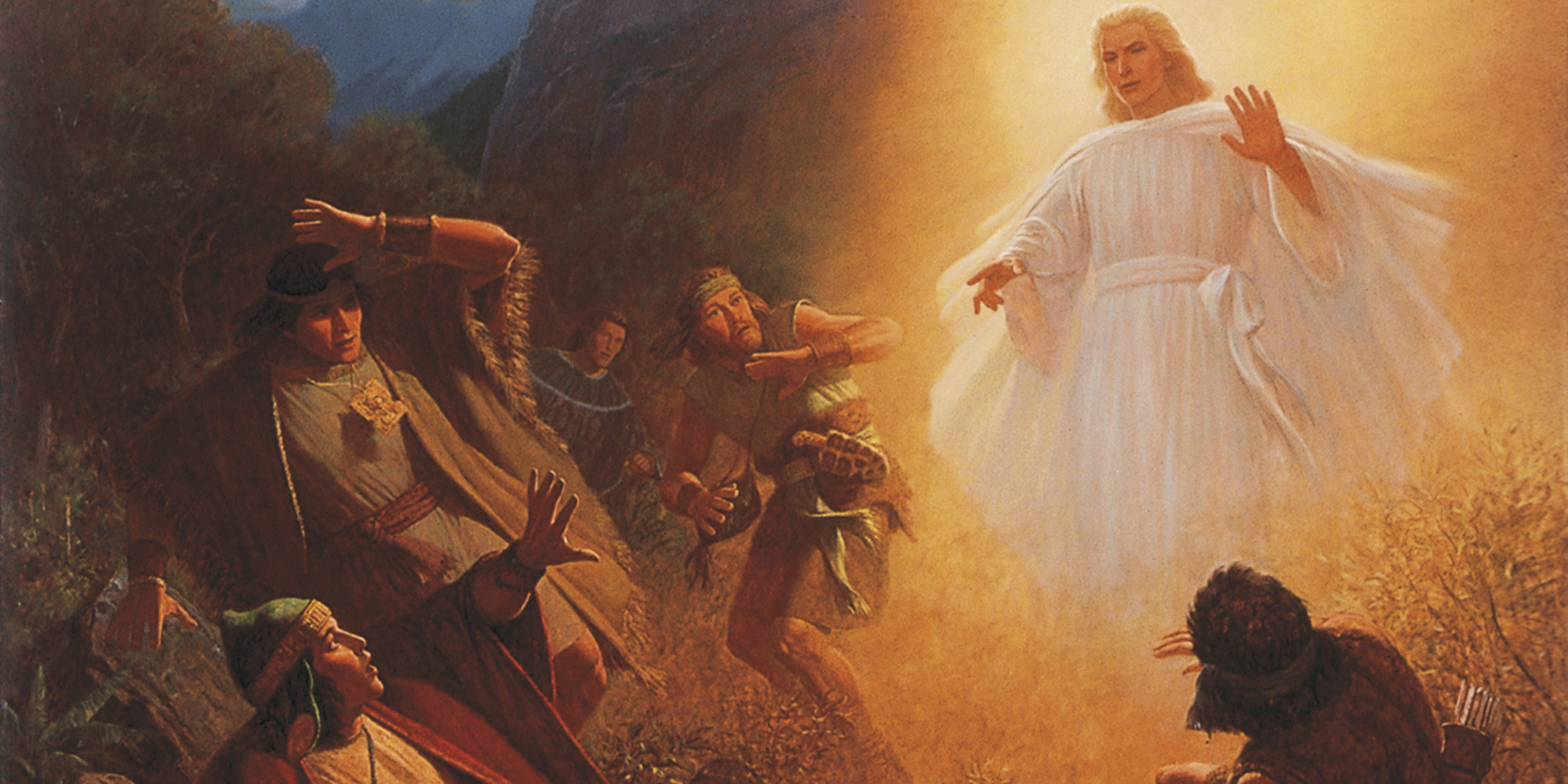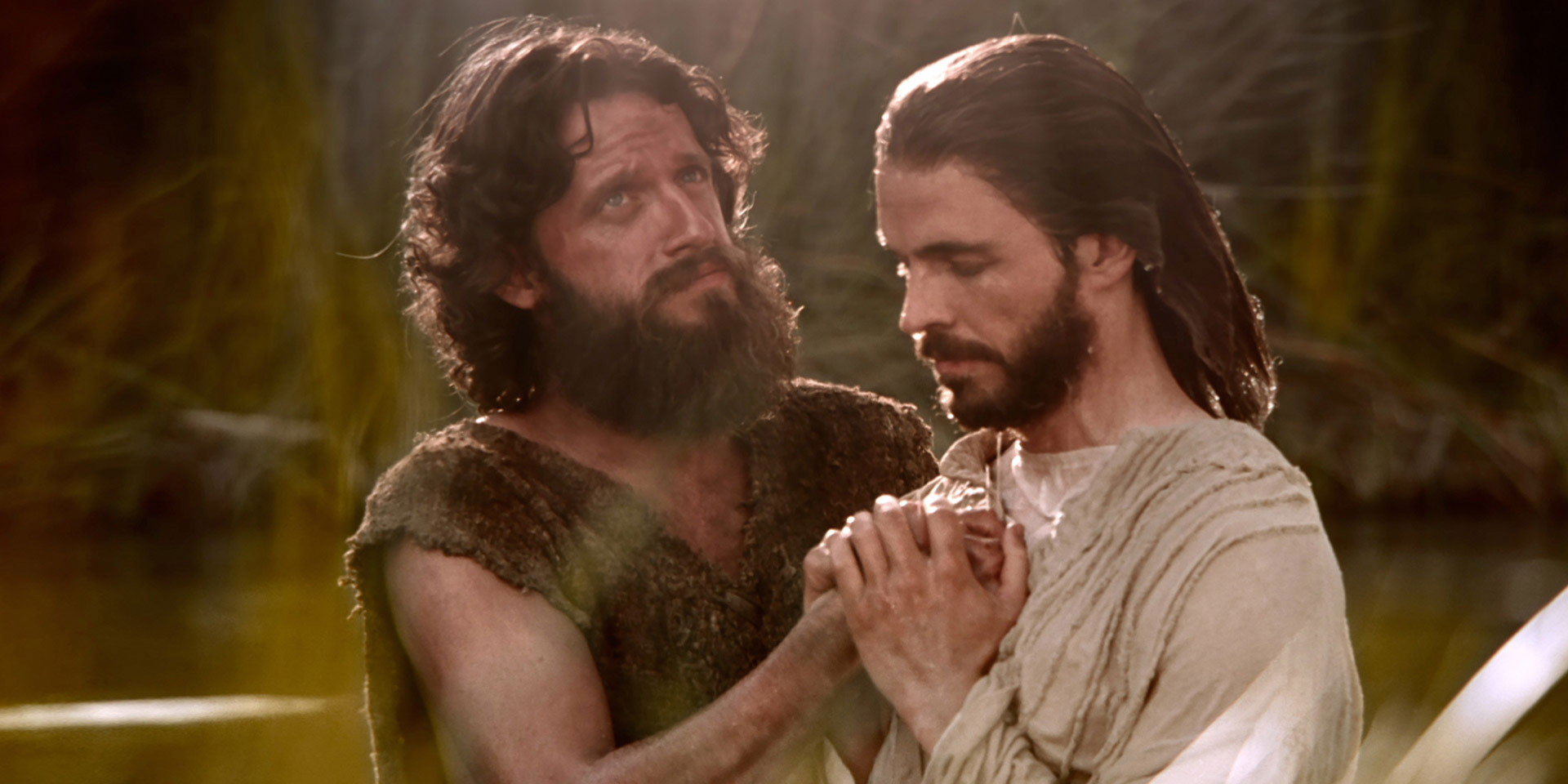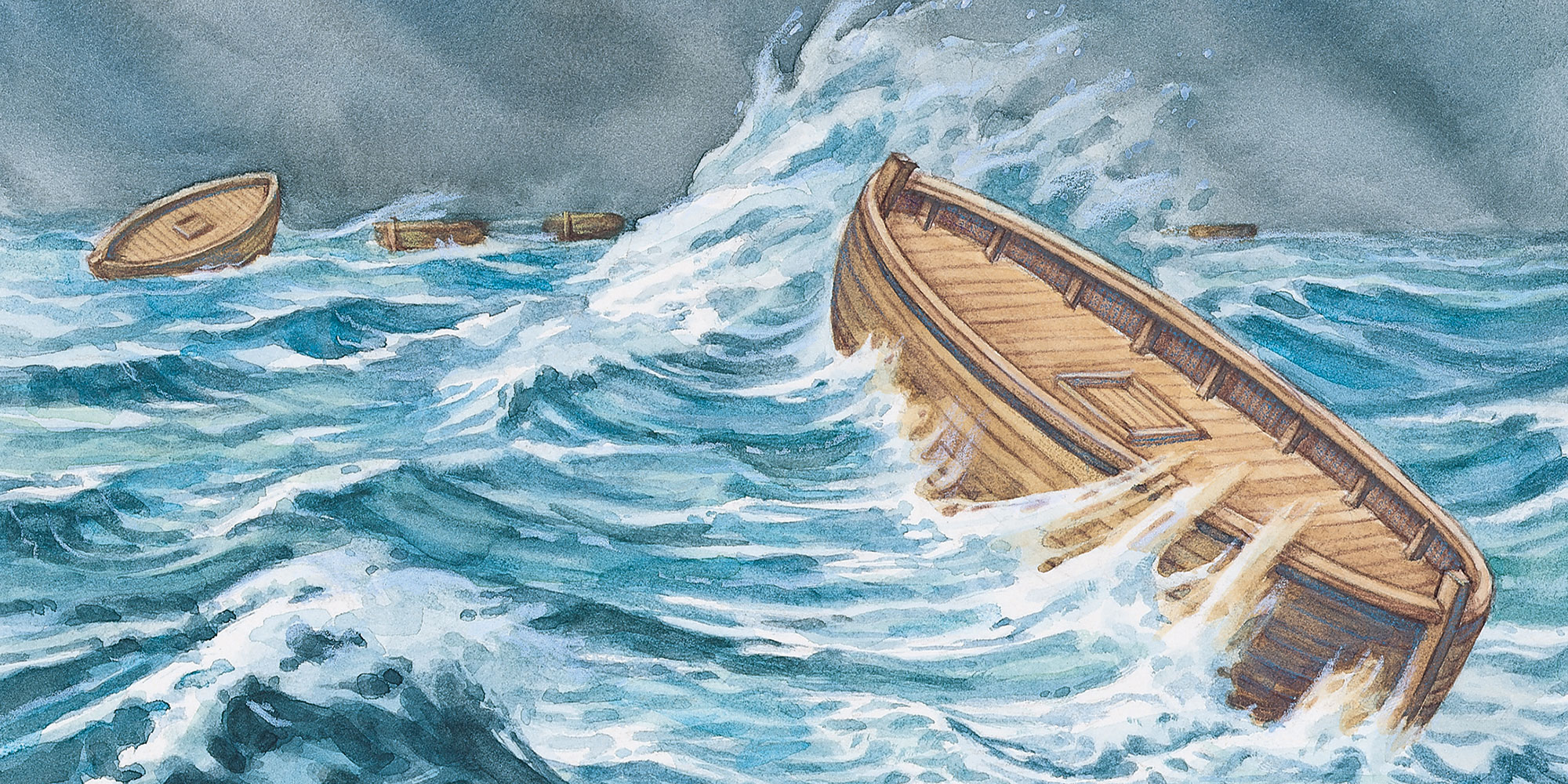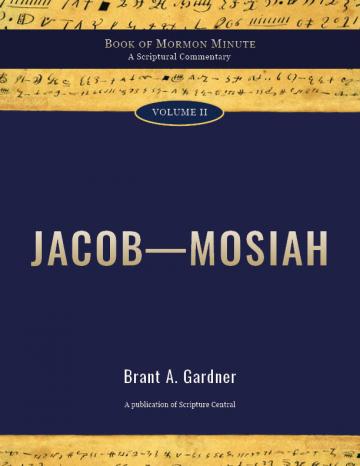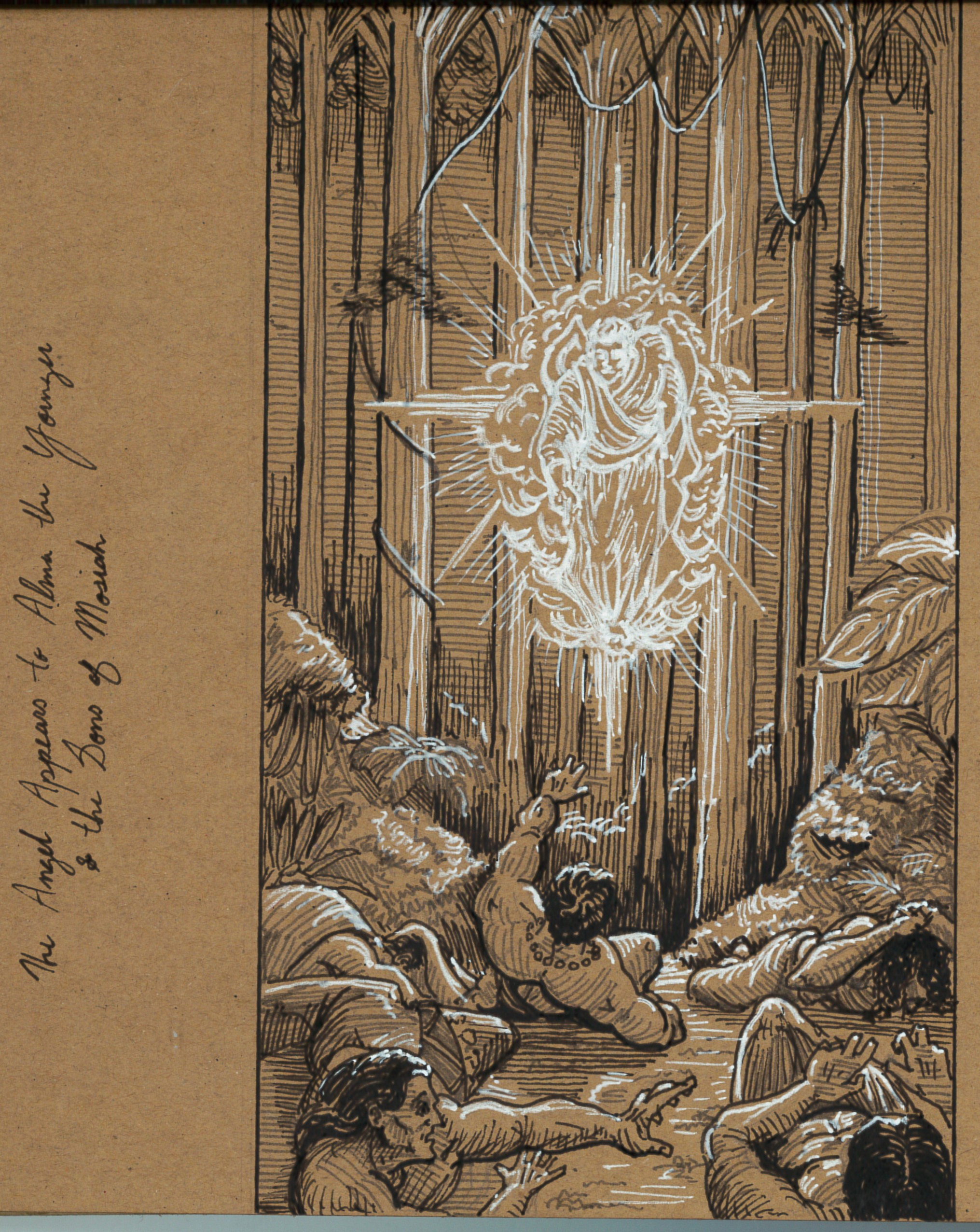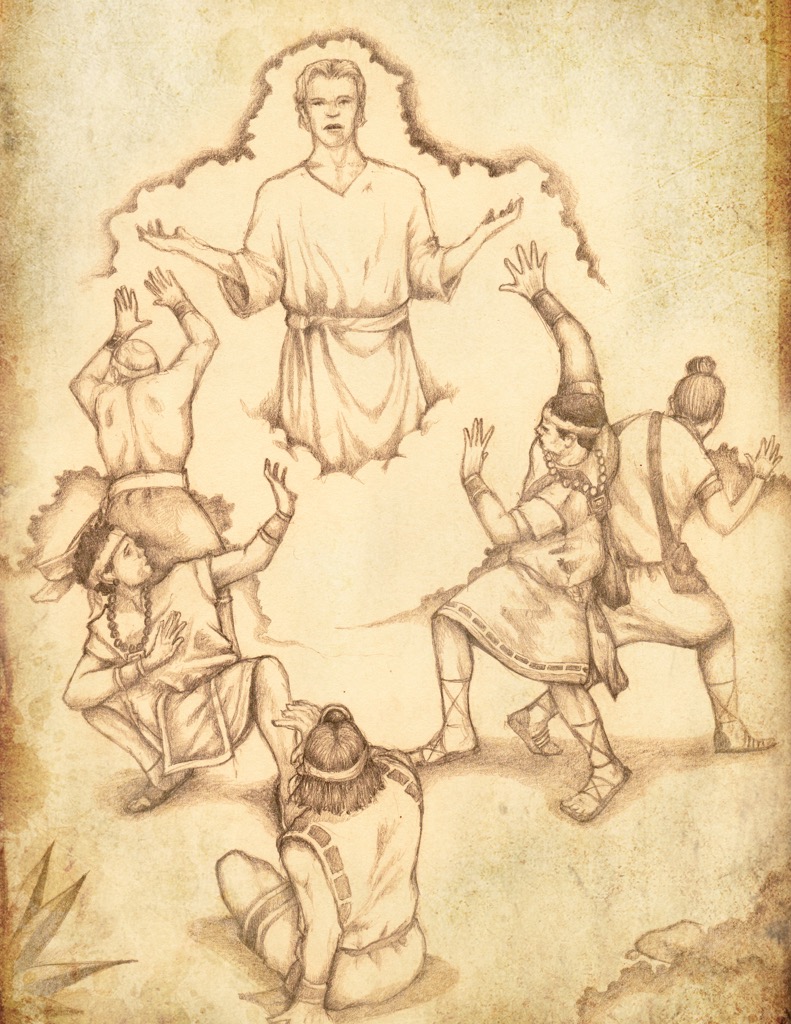You are here
Book of Mormon Central is in the process of migrating to our new Scripture Central website.
We ask for your patience during this transition. Over the coming weeks, all pages of bookofmormoncentral.org will be redirected to their corresponding page on scripturecentral.org, resulting in minimal disruption.
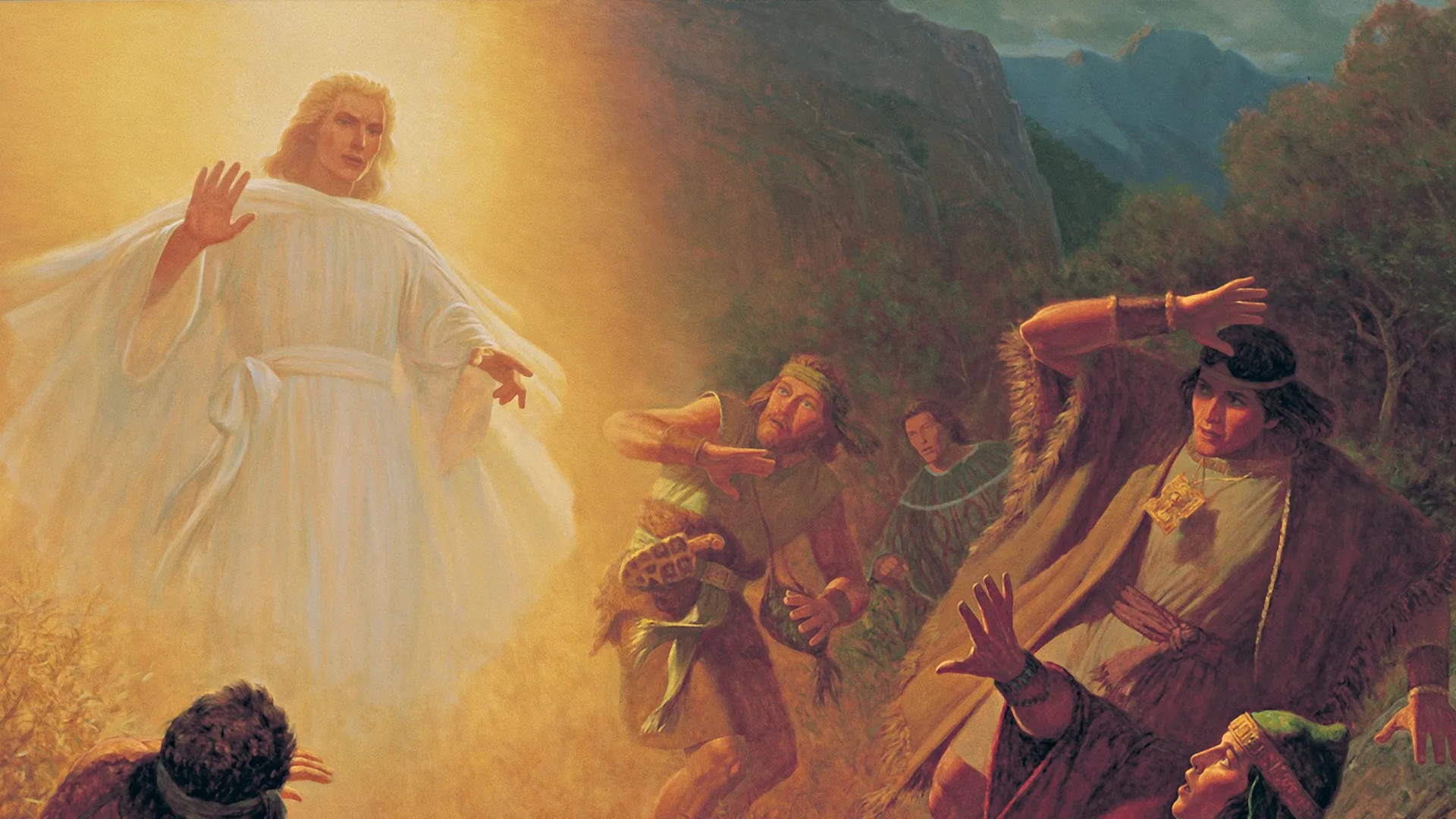
Mosiah 25–28
Scripture Central Videos
Watch videos from Gospel scholars and teachers to learn more about these Book of Mormon passages.
Other Creator Videos
KnoWhys
Evidences
Commentary
Book of Mormon Minute is a commentary series made especially for the free ScripturePlus app, which features insights from Book of Mormon scholar Brant A. Gardner. John W. Welch's notes for Come, Follow Me are also available for free.
John W. Welch, General Editor
Reading Plan
Structure your personal scripture study by following a 15-minute, day-by-day plan. Each day's assignment includes the required scripture passages from the Come, Follow Me curriculum, as well as suggestions for additional resources to bring context and understanding to your study. For the best experience, use our Reading Plan in the free ScripturePlus app! You can track your progress and have access to the best resources.
Monday
- Scripture: Mosiah 25:1–24
- Commentary: Family in the Book of Mormon: Fictive Kinship
-
Additional Study
- KnoWhy: What Does the Book of Mormon Teach about Families?
- Commentary: Mosiah 25:17-18
- Commentary: Mosiah 25:19-21
- Commentary: Mosiah 25:22-24
- KnoWhy: Has An Artifact That Relates to the Book of Mormon Been Found?
- Evidence: The Etymology of Mosiah
Tuesday
- Scripture: Mosiah 26:1–12
- Commentary: Mosiah 26:8-12
- Commentary: The Meaning of the Name Mosiah
- Commentary: Mosiah 26:5-7
Wednesday
- Scripture: Mosiah 26:13–39
- Commentary: Mosiah 26:29-32
-
Additional Study
- KnoWhy: Why Does the Book of Mormon Say We Must Worship God with Our Whole Soul?
- Commentary: Church Governance and Administration
- Commentary: Mosiah 26:13-14
- Commentary: Mosiah 26:15-18
- Commentary: Mosiah 26:19-21
- Commentary: Mosiah 26:22-24
- Commentary: Mosiah 26:25-28
- Commentary: Mosiah 26:33-36
Thursday
- Scripture: Mosiah 27:1–11
- Commentary: Mosiah 27:3-7
- KnoWhy: Why Did the Angel Speak to Alma With a Voice of Thunder?
-
Additional Study
- Commentary: Mosiah 27:1-2
- Commentary: Mosiah 27:8-9
Friday
- Scripture: Mosiah 27:12–22
- Commentary: Fasting and Praying as a Community
- KnoWhy: Why Does God Sometimes Send Angels to Help People?
-
Additional Study
- Commentary: The Lord Heard the Prayers of Alma the Elder and the People
- Commentary: The Angel Told Alma to Remember the Captivity of His Father
- Commentary: Mosiah 27:13-15
- Commentary: Mosiah 27:21-23
Saturday
- Scripture: Mosiah 27:23–37
- Commentary: The Aftermath of Alma's Repentance
- KnoWhy: How Can Contrasts Teach Us about True Conversion?
-
Additional Study
- Commentary: Snatched from the Dark Abyss
- Commentary: Shared Words in Alma's Three Main Conversion Accounts
- Commentary: The Fruits of Repentance
- Commentary: Alma Increases His Scriptural Knowledge
- Commentary: Mosiah 27:29-31
- KnoWhy: What Does It Mean to Be “Born Again?”
- Evidence: Alma’s Prophetic Calling
Sunday
- Scripture: Mosiah 28:1–20
- Commentary: Alma Had All the Nephite Records and the Interpreters
-
Additional Study
- KnoWhy: What Do the Jaredites Have to Do With the Reign of the Judges?
- Evidence: Editorial Promises
- Commentary: Mosiah 28:3-5
- Commentary: Mosiah 28:13-16
Additional Resources
Explore art, charts, and more.
Images
Charts
- Life Spans of Mosiah's Lineage
- Key Doctrinal Chapters: Mosiah–Alma
- The Speeches of Alma
- Benjamin's and Mosiah's Covenant Ceremonies Compared with Old Testament Rituals
- Three Accounts of Alma's Conversion
- Shared Words in the Three Accounts of Alma's Conversion
- Missionary Work
- Metals in the Book of Mormon
- Whose Words Are Found in the Book of Mormon?
- Number of Pages in Books of the Book of Mormon
- Average Number of Pages Covering One Nephite Year
- Nephite Books Compared by Length and Years Covered
- Nephite Books Listed Chronologically
- Names Used for Christ by Major Book of Mormon Authors
- Names and Concepts Associated with Christ by Major Book of Mormon Authors
- Number of Names Used for Christ by Major Book of Mormon Authors
- Number of Names for Christ Used Exclusively by Individual Authors
- Ten Essential Features of Book of Mormon Geography
- Geographical Names Listed Alphabetically
- Geographical Names Listed by Scripture Reference
Bibliography
Mosiah 25
Largey, Dennis L. “Lessons from the Zarahemla Churches.” In The Book of Mormon: Mosiah, Salvation Only Through Christ, edited by Monte S. Nyman and Charles D. Tate, Jr., 59–71. Provo, UT: Religious Studies Center, Brigham Young University, 1991.
Welch, John W., and Greg Welch. “Benjamin's and Mosiah's Covenant Ceremonies Compared with Old Testament Rituals.” In Charting the Book of Mormon: Visual Aids for Personal Study and Teaching. Provo, UT: Foundation for Ancient Research and Mormon Studies, 1999, chart 101.
Mosiah 25:2
Book of Mormon Central. “Has An Artifact That Relates to the Book of Mormon Been Found? (Mosiah 25:2).” KnoWhy 103 (May 19, 2016).
Smith, Robert F., and Benjamin Urrutia. “New Information about Mulek, Son of the King.” In Reexploring the Book of Mormon, edited by John W. Welch, 142–144. Provo, UT/Salt Lake City: FARMS/Deseret Book, 1992.
Sorenson, John L. “The 'Mulekites.’” BYU Studies Quarterly 30, no. 3 (1990): 6–22.
Chadwick, Jeffrey R. “Has the Seal of Mulek Been Found?” Journal of Book of Mormon Studies 12, no. 2 (2003): 72–93, 117–118.
Skousen, Royal. “The Systematic Text of the Book of Mormon.” Journal of Book of Mormon Studies 11, no. 2 (2002): 45–66.
Wilson, Garth A. “The Mulekites.” Ensign, March 1987.
Wright, H. Curtis “Mulek,” in The Encyclopedia of Mormonism, 4 vols., ed. Daniel H. Ludlow (New York, N. Y.: Macmillan, 1992), 2:969–970.
Mosiah 25:6
Cazier, Donald A. “I Have a Question: We learn in Mosiah 25:6 that the account of Alma’s group covered the time they left Zarahemla until they “returned again.” Since Alma and his followers were presumably born in the land of Nephi and had never been to Zarahemla, how is this matter reconciled?” Ensign (August 1992).
Mosiah 25:8–11
Wright, David P. “Wade Brown, The God-Inspired Language of the Book of Mormon: Structuring and Commentary.” Review of Books on the Book of Mormon 1, no. 1 (1989): 10–17.
Mosiah 25:12
Book of Mormon Central. “What Does the Book of Mormon Teach about Families? (Mosiah 25:12).” KnoWhy 382 (November 16, 2017).
Roper, Matthew (2003). “Nephi’s Neighbors: Book of Mormon Peoples and Pre-Columbian Populations.” Review of Books on the Book of Mormon 15, no. 2 (2003): 91–128.
Sorenson, John L. “When Lehi’s Party Arrived in the Land, Did They Find Others There?” Journal of Book of Mormon Studies 1, no. 1 (1992): 1–34.
Mosiah 26
Largey, Dennis L. “Lessons from the Zarahemla Churches.” In The Book of Mormon: Mosiah, Salvation Only Through Christ, edited by Monte S. Nyman and Charles D. Tate, Jr., 59–71. Provo, UT: Religious Studies Center, Brigham Young University, 1991.
Thompson, A. Keith. “The Doctrine of Resurrection in the Book of Mormon.” Interpreter: A Journal of Mormon Scripture 16 (2015): 101–129.
Mosiah 26:12
Book of Mormon Central. “How Was Mosiah a Type of Christ? (Mosiah 26:12).” KnoWhy 104 (May 20, 2016).
Welch, John W. “What Was a ‘Mosiah’?” In Reexploring the Book of Mormon, edited by John W. Welch, 105–107. Provo, UT/Salt Lake City: FARMS/Deseret Book, 1992.
Mosiah 27
Largey, Dennis L. “Lessons from the Zarahemla Churches.” In The Book of Mormon: Mosiah, Salvation Only Through Christ, edited by Monte S. Nyman and Charles D. Tate, Jr., 59–71. Provo, UT: Religious Studies Center, Brigham Young University, 1991.
Tolley, Kevin L. “To ‘See and Hear.’” Interpreter: A Journal of Mormon Scripture 18 (2016): 139–158.
Van Dyke, Blair G. “Light or Dark, Freedom or Bondage: Enhancing Book of Mormon Themes through Contrasts.” Religious Educator: Perspectives on the Restored Gospel 6, no. 3 (2005): 99–116.
Welch, John W., and Greg Welch. “Three Accounts of Alma's Conversion.” In Charting the Book of Mormon: Visual Aids for Personal Study and Teaching. Provo, UT: Foundation for Ancient Research and Mormon Studies, 1999, chart 106.
Welch, John W., and Greg Welch. “Shared Words in the Three Accounts of Alma's Conversion.” In Charting the Book of Mormon: Visual Aids for Personal Study and Teaching. Provo, UT: Foundation for Ancient Research and Mormon Studies, 1999, chart 107.
Mosiah 27:8–10
Bowen, Matthew L. “’He Did Go About Secretly’: Additional Thoughts on the Literary Use of Alma’s Name.” Interpreter: A Journal of Mormon Scripture 27 (2017): 197–212.
Wirth, Diane E., and Steven L. Olsen. “Four Quarters.” In Reexploring the Book of Mormon, edited by John W. Welch, 145–159. Provo, UT/Salt Lake City: FARMS/Deseret Book, 1992.
Mosiah 27:11
Book of Mormon Central. “Why Did the Angel Speak to Alma With a Voice of Thunder? (Mosiah 27:11).” KnoWhy 105 (May 23, 2016).
Welch, John W., and Greg Welch. “People to Whom Jesus Christ or the Angel of the Lord Appeared.” In Charting the Book of Mormon: Visual Aids for Personal Study and Teaching. Provo, UT: Foundation for Ancient Research and Mormon Studies, 1999, chart 41.
Wright, Mark Alan. “Nephite Daykeepers: Ritual Specialists in Mesoamerica and the Book of Mormon.” In Ancient Temple Worship: Proceedings of the Expound Symposium, 14 May 2011, 243-257. Orem, UT/Salt Lake City: The Interpreter Foundation/Eborn Books, 2014.
Mosiah 27:16
Tvedtnes, John A. “The Captivity of the Fathers.” In The Most Correct Book: Insights from a Book of Mormon Scholar, 198–202. Salt Lake City: Cornerstone Publishing, 1999.
Mosiah 27:23
Welch, John W. “Three Accounts of Alma's Conversion.” In Reexploring the Book of Mormon, edited by John W. Welch, 150–153. Provo, UT/Salt Lake City: FARMS/Deseret Book, 1992.
S. Kent Brown. “Alma's Conversion: Reminiscences in His Sermons.” In A Book of Mormon Treasury: Gospel Insights from General Authorities and Religious Educators, 246–261. Provo, UT: Religious Studies Center, Brigham Young University, 2003.
S. Kent Brown. “Alma's Conversion: Reminiscences in His Sermons.” In From Jerusalem to Zarahemla: Literary and Historical Studies of the Book of Mormon, 113–127. Provo, UT: Religious Studies Center, Brigham Young University, 1998.
Mosiah 27:24–25
Reynolds, Noel B. “The Language of the Spirit in the Book of Mormon.” Interpreter: A Journal of Latter-day Saint Faith and Scholarship 33 (2019): 187–222.
Mosiah 27:25
Book of Mormon Central. “What Does It Mean to Be “Born Again?” (Mosiah 27:25).” KnoWhy 501 (February 7, 2019).
Christofferson, D. Todd “Born Again.” Ensign, May 2008, online at lds.org.
Perkins, Jerome M. “Alma the Younger: A Disciple’s Quest to Become.” In Living the Book of Mormon: Abiding by Its Precepts, edited by Gaye Strathearn and Charles Swift, 151–162. Provo, UT/Salt Lake City: Religious Studies Center, Brigham Young University/Deseret Book, 2007.
Top, Brent L. “Spiritual Rebirth: Have Ye Been Born of God?” In The Book of Mormon and the Message of The Four Gospels, edited by Ray L. Huntington and Terry B. Ball, 201-217. Provo, UT: Religious Studies Center, 2001.
Wilcox, S. Michael. “Spiritual Rebirth.” In The Book of Mormon: Mosiah, Salvation Only Through Christ, edited by Monte S. Nyman and Charles D. Tate, Jr., 247–260. Provo, UT: Religious Studies Center, Brigham Young University, 1991.
Mosiah 27:28–29
Spackman, T. Benjamin. “The Israelite Roots of Atonement Terminology.” BYU Studies Quarterly 55, no. 1 (2016): 39–64.
Mosiah 27:34
(Himni) Tvedtnes, John A., John Gee, and Matthew Roper. "Book of Mormon Names Attested in Ancient Hebrew Inscriptions." Journal of Book of Mormon Studies 9, no. 1 (2000): 40-51, 78-79.
Larsen, Val. “In His Footsteps: Ammon 1 and Ammon 2.” Interpreter: A Journal of Mormon Scripture 3 (2013): 85–113.
Mosiah 28
Halverson, Taylor. “Deuteronomy 17:14–20 as Criteria for Book of Mormon Kingship.” Interpreter: A Journal of Mormon Scripture 24 (2017): 1–10.
Mosiah 28:3–8
Williams, Clyde J. “Instruments in the Hands of God: The Message of Alma 17-27.” In The Book of Mormon: Alma, The Testimony of the Word, edited by Monte S. Nyman and Charles D. Tate, Jr., 89–105. Provo, UT: Religious Studies Center, Brigham Young University, 1992.
Mosiah 28:11
Reeve, Jr., Rex C. “The Book of Mormon Plates.” In The Book of Mormon: First Nephi, The Doctrinal Foundation, edited by Monte S. Nyman and Charles D. Tate, Jr., 99–111. Provo, UT: Religious Studies Center, Brigham Young University, 1988.
Mosiah 28:13
Hoskisson, Paul Y. “Urim and Thummim.” In Encyclopedia of Mormonism, Edited by Daniel H. Ludlow.
Spencer, Stan. “What Did the Interpreters (Urim and Thummim) Look Like?” Interpreter: A Journal of Latter-day Saint Faith and Scholarship 33 (2019): 223–256.
Spencer, Stan. “Seers and Stones: The Translation of the Book of Mormon as Divine Visions of an Old-Time Seer.” Interpreter: A Journal of Mormon Scripture 24 (2017): 27–98.
Mosiah 28:14
Smith, Miriam A., and John W. Welch. “Joseph Smith: ‘Author and Proprietor.’” In Reexploring the Book of Mormon, edited by John W. Welch, 154–157. Provo, UT/Salt Lake City: FARMS/Deseret Book, 1992.
Mosiah 28:17
Book of Mormon Central. “What Do the Jaredites Have to Do With the Reign of the Judges? (Mosiah 28:17).” KnoWhy 106 (May 24, 2016).
John A. Tvedtnes, “King Mosiah and the Judgeship,” Insights: A Window on the Ancient World 20, no. 11 (2000): 2; reprinted in Insights: A Window on the Ancient World 23, no. 1 (2003): 2.










